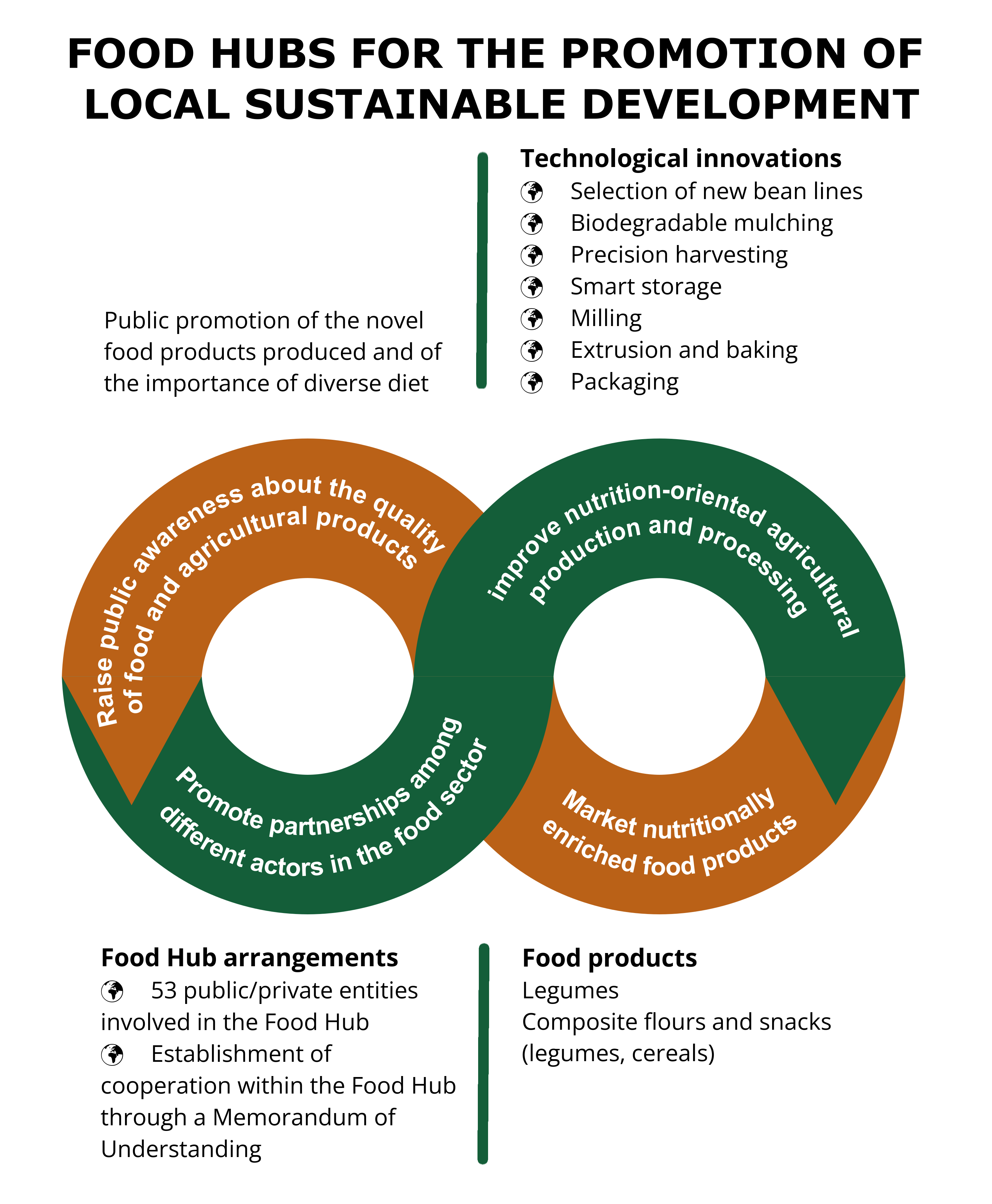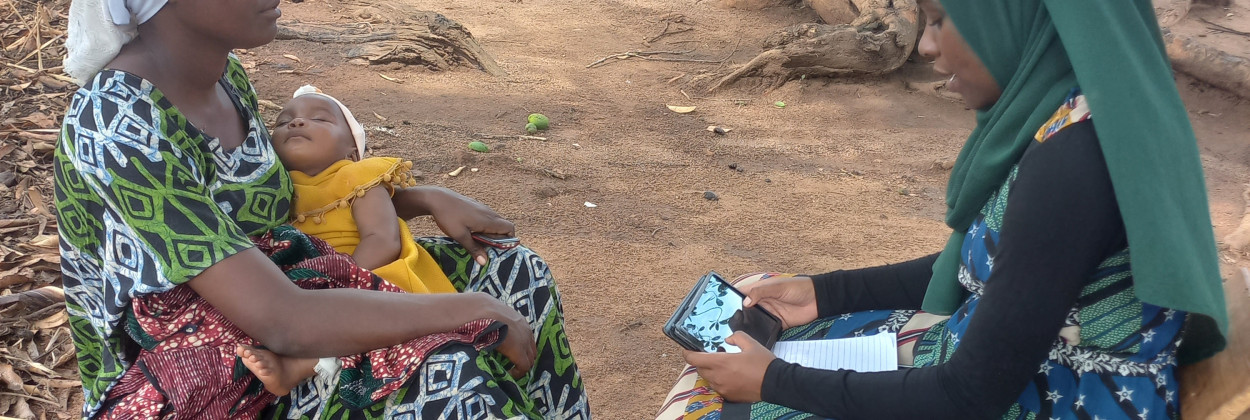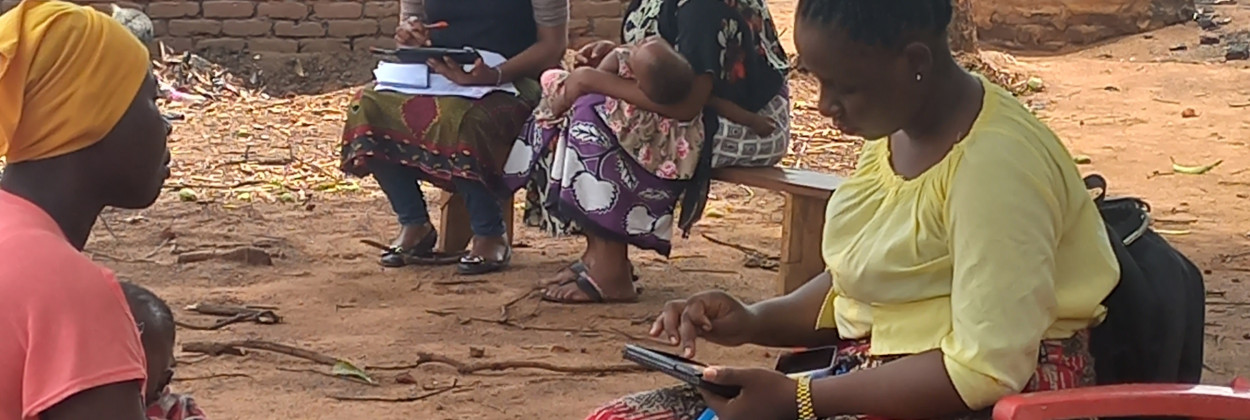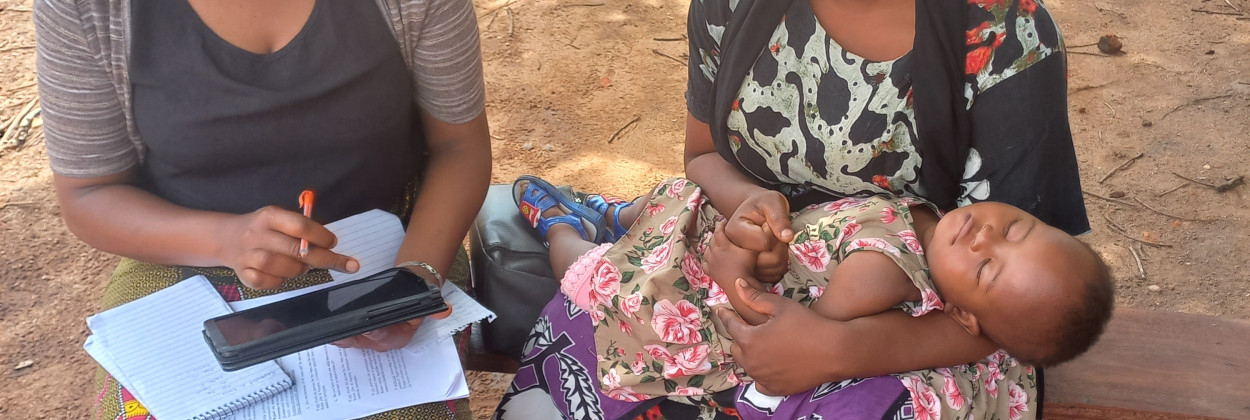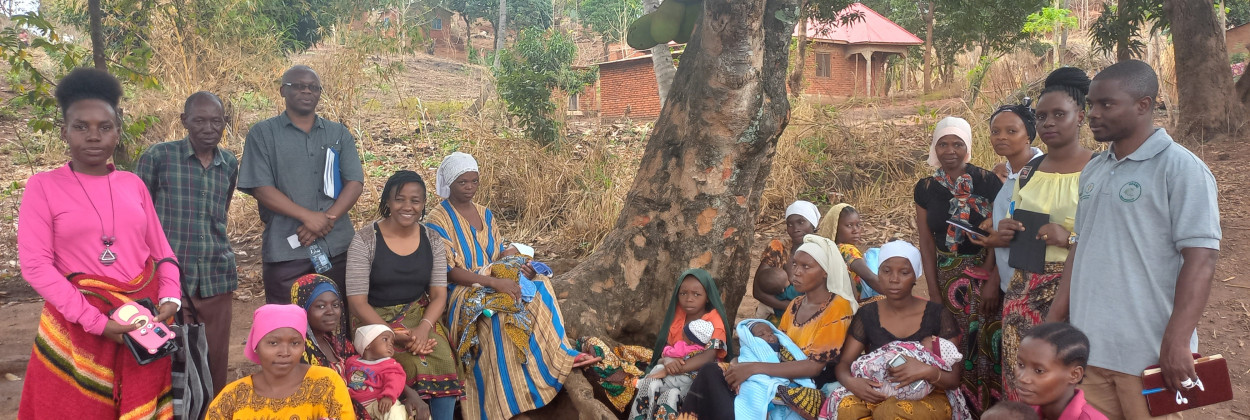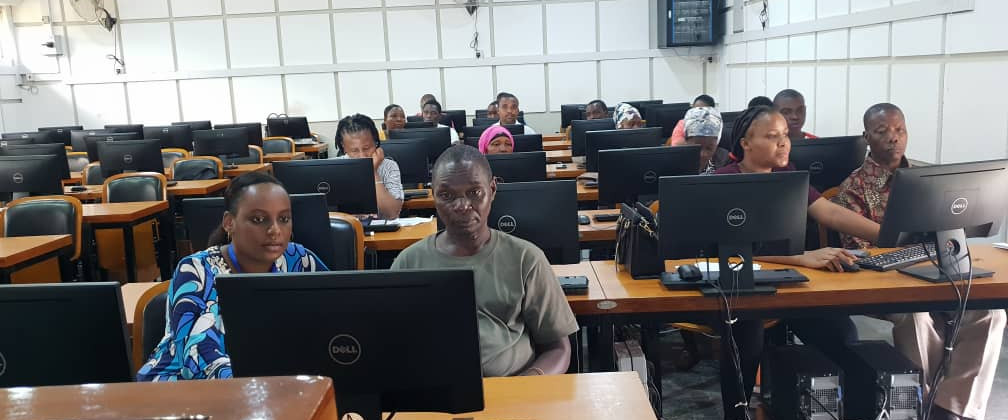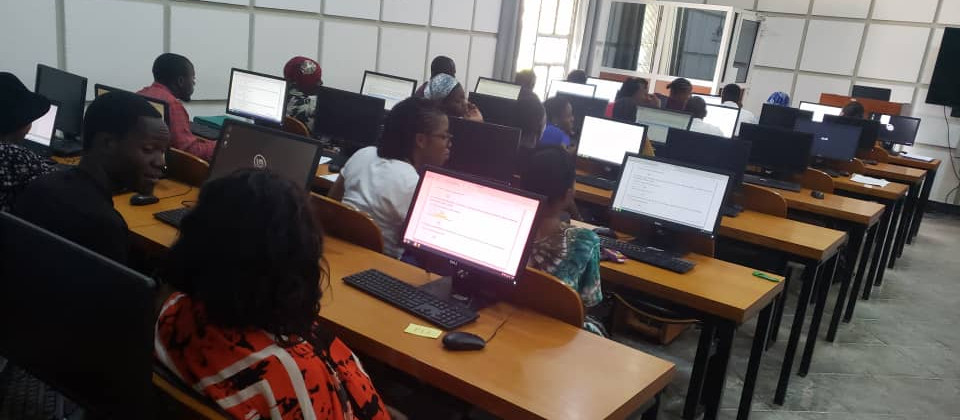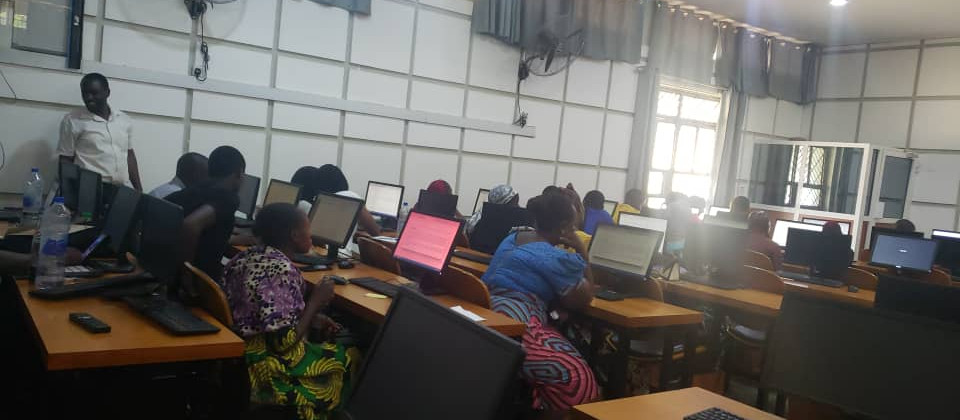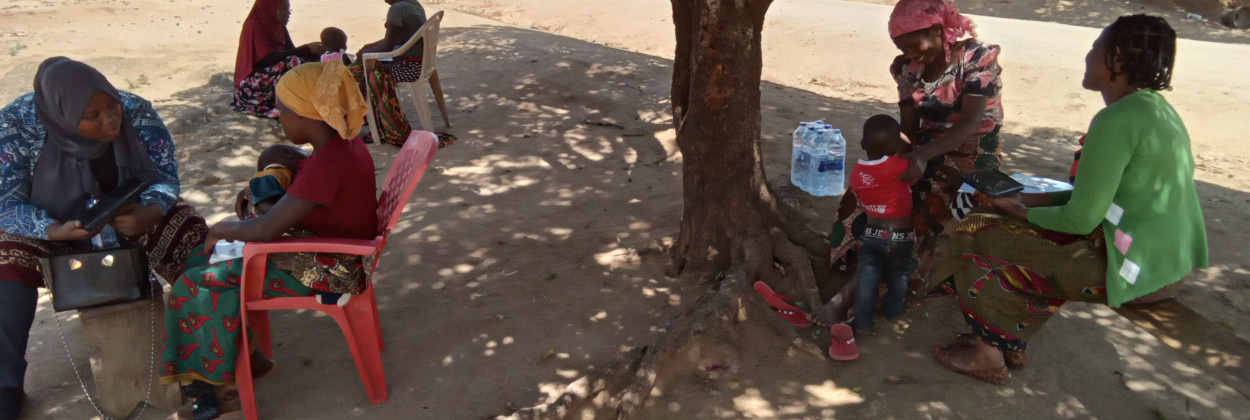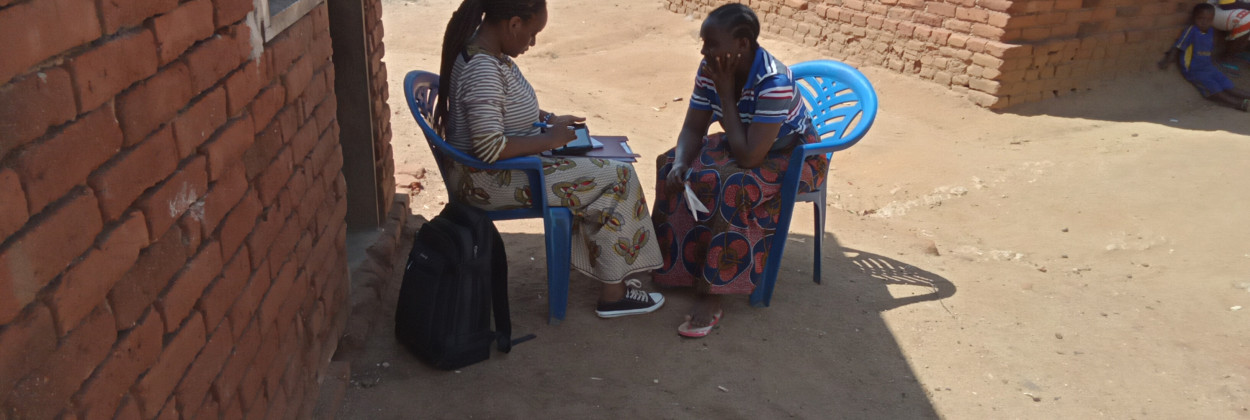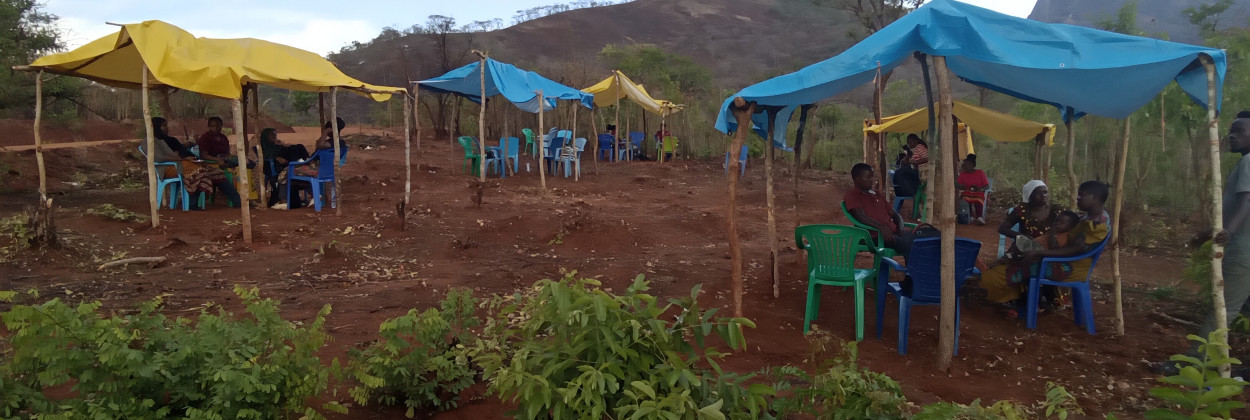This Food Hub is located in the Mvomero district, in the eastern part of Uganda. In 2012, this district registered a population of 312,109 people.
In this district, there are already existing agriculture platforms (postharvest management platforms and others). Such an approach will help in making the food hubs sustainable and avoid duplication of efforts and resources, as the main observation from the discussion was the sustainability of the food hubs. It was mentioned that the previous value chain platforms failed because there were no funds allocated to support the activities of the platform. In Mvomero, it was agreed that the agriculture multi-stakeholder platform for the farming season will be used as the Food Hub.
In Tanzania, the diet is primarily composed of carbohydrate-rich foods with a low intake of micronutrients. Legumes are the second most consumed food group. Macronutrient intake is high as most of the study populations are reported to have met the Recommended Dietary Allowance (RDAs). In general, adults consume more diversified diets than children.
In comparison to other age groups, undernutrition is more prevalent among children under the age of five years.
Overweight and obesity among women and men stand at 17.3% vs. 4% and 16.2% vs. 2% respectively. However, the prevalence of overweight among females and males varies among age groups: prevalence among female adolescents and children aged 5-9 years is higher (16% and 9%, respectively) than among males, whereas overweight among adult males is higher than among females (27%).
In the Tanzanian population, iron deficiency is the leading type of micronutrient deficiency followed by zinc, vitamin A, iodine and calcium. Anaemia was more prevalent among women and the under-fives.
The crops with the most important agricultural production in Tanzania are maize (62,8% of farmers produce it), rice (42.5% of farmers) and bean (29.5%).
Highlights about the work carried out in this Food Hub
Technological innovations in this Food Hub
Selection of new improved legume lines. The overall objective of this subtask is to improve common bean (Phaseolus vulgaris L.) varieties for agronomic and nutritional effectiveness, by identifying bean lines that combine high levels of iron and zinc, determining their cooking time, and determining the overall performance of bean lines with farmers in the on-farm experiments. From a total of 90 bean lines, 25 were selected in the on-station field experiment. Now on-farm experiments are being conducted among researchers and farmers in the food hub. In this experiment, farmers will have a chance to evaluate and select their preferences in the field twice, at flowering and at maturity stages.
Biodegradable mulching. Innovative biodegradable and compostable material with high renewability will be converted into mulch films and initially tested in the field. They will compare the effects of biodegradable mulch films and bare soil on sorghum, peas and beans performance and create awareness of the use of biodegradable mulch films in the Food Hub. The biodegradable soil mulch film has been designed to comply with the specific climatic and agronomic conditions of the selected Food Hubs fields and crops, to be handled manually by Food Hub operators, and to be competitively priced for end users.
Precision harvesting systems. This action aims to develop/test/implement a system for detecting the optimal harvest date at a zone level, which will consist of a monitoring probe to measure temperature, relative humidity, and carbon dioxide level to aid the harvesting of beans. Another objective is to develop an app that can help advise farmers on the optimal harvest date since currently the start of the harvest season is based on the individual decisions of farmers without any collective consultation in relation to the maturity of production.
Smart storage systems. Two innovative but locally affordable technologies for food storage will be tested in Tanzanian Food Hubs. This has been decided in response to the need detected in the surveys conducted with farmers, where it was realized that most farmers in Mvomero are in remote areas and depend on a weekly market for selling their crops. Storage of fresh vegetables is very important so that they will stay longer with sufficient nutritional value. The two designs include a cool bot with Wi-Fi and an improved zero energy cool chamber which will be equipped with sensors of microclimate preferably for determining the temperature and humidity, and other parameters that can be used to monitor the state of the stored crops. Additionally, an app will be developed so that farmers can monitor the storage condition through their mobile phones. The facilities will be powered by solar energy since most remote areas are in access to grid electricity.
Milling. The overall objective is to produce blended flours with improved nutritional and functional properties. Legumes and cereals blended flours will be produced from local food raw materials and characterised according to their physicochemical and nutritional properties. Their sensory properties, shelf-life stability and microbial analysis will also be determined. For Tanzania, a minimum of three composite flours will be developed for both extruded and non-extruded flours.
Extrusion and baking. The overall objective is to process different locally available foods into novel convenient nutrient products, such as nutrient-dense flours that have the potential to address nutritional gaps, nutrient-dense snacks that have the potential to substitute low nutritional value snacks, and nutrient-dense noodles from locally produced foods. The nutritional and physicochemical properties of the developed food products will be determined. Product formulations will be developed using locally produced nutritionally rich foods. These will include cereals (maize/sorghum/millet), pulses (common beans) and oil seeds (soybeans/sesame) for all Food Hubs. The final products’ nutritional value, physicochemical properties, storage stability and sensory acceptance will be analysed. Snack foods and baby food are the final products that will be produced in this Food Hub.
Bio-based packaging. This action is aimed at developing and testing bio-based packages able to preserve the overall quality of food products from different Food Hubs, during storage and transportation. The activities to be done are the following: identification of different raw materials among several agricultural by-products from local regions to be used as material, optimisation of the coating formulation, assessment, characterization of preliminary obtained materials, pre-selection, testing at lab/small scale level of environmentally friendly, affordable, and suitable pack materials. This Food Hub is focused on bio-based packages for dried vegetables and fish.
Highlights about the research with farmers
FoodLAND surveyed a total amount of 504 farmers in this region with the aim of improving the background knowledge of African smallholder farmers’ decision-making and of individual and contextual conditions. 214 out of these 504 farmers surveyed were women, and the other 290 were men. 93.8% of farmers are not members of any local farmers’ associations.
According to the information gathered from the surveys, only 11.5% of farmers’ income is lower than the average income in the region, the income of 37.5% of farmers is about the average or somewhat higher, and 51% of farmers stated an income higher than average. With these incomes, 55.4% of them are able to meet their household’s food needs, 39.5% experience some difficulties, and 5.2% face serious food shortages.
Besides, they have reported major worries regarding the near future about infestation pests (3.90 on a scale from 1 to 5), income reduction (3.46), food shortage starvation (3.02), the cost price increase of fertilizer or seed (2.77), health disease (2.71), and drought (2.58).
With regard to their interest and propensity to introduce new technologies and/or productions, 90.1% of farmers are extremely or moderately interested in adopting a technological innovation (4.59 on a scale from 1 to 5).
Highlights about the research with consumers
With the aim of enlarging background knowledge of African consumers’ food preferences and behaviours and of their socioeconomic drivers and measuring the current level of dietary diversity, FoodLAND has assessed food consumption at both individual and household levels that provide a good measure of diet quality and diversity. FoodLAND has conducted surveys both in households and out of stores in Morogoro, which is paired with this Food Hub. 517 people participated in the survey. Below you can find some highlights extracted from these surveys, regarding consumers’ preferences, habits, incentives, and barriers when it comes to choosing food products for their households.
Parallel to the survey instruments, a series of incentivised economic behavioural experiments were developed to gain insights into consumers’ conscious and non-conscious decision-making processes. During the experiments, participants were asked to make decisions on the use of assigned tokens, which were going to influence both their final earnings and the earnings of one or some other participants.
In order to also collect data on rural consumers’ socio-economic conditions and socio-demographics (e.g., migration), food provisioning, preparation and consuming habits and community conditions and services, while paying attention to the gender perspective, a series of surveys with randomized samples of rural consumers have also been conducted in this Food Hub. 500 pairs of women of reproductive age and one of their children between 6 to 23 months of age participated in the survey.
Urban consumers consider on average their household diet as moderately healthy (around 3.7 on a scale to 5). When asked about their propensity to include in their diets a new food product with augmented nutrient content (e.g., naturally improved bean with high levels of proteins and minerals) that could complement their current household diet, consumers report a high level of interest (about 4.4 on a scale to 5). When looking at the reasons behind the inclusion of new nutrient-dense food, Tanzanian consumers do not consider any particular factor to be very important (all reasons are rated less than 3 on a scale of up to 5). However, the two reasons that consumers rate the most are interest in being in line with their lifestyle and culture, and the possibility of enhancing their social status. The most rated obstacles are potential unfamiliar taste, price, and feeling of lower food safety.
As for the reasons behind usual food purchasing behaviours, respondents in Tanzania rate the most on average product characteristics (taste, aroma, colour, shape), food affordability (price) and availability. The food categories mostly lacking in the consumer’s household diet are on average cereal products, oils and vegetables.
Consumers were also asked about their interest in buying new local food products. They showed a high disposition to buy these local products (4.4 on a scale of 5). Among the reasons that make them choose the new local products, the three consumers rated the most were that they could afford it, it could be easily found where they usually buy food, and it would be environmentally friendly.
